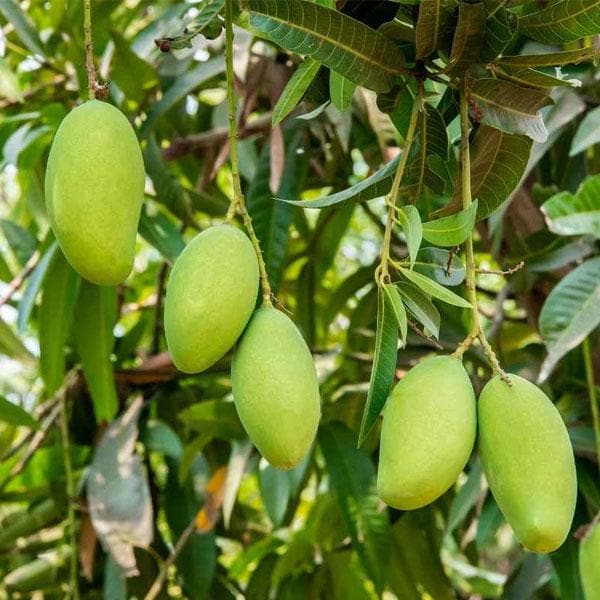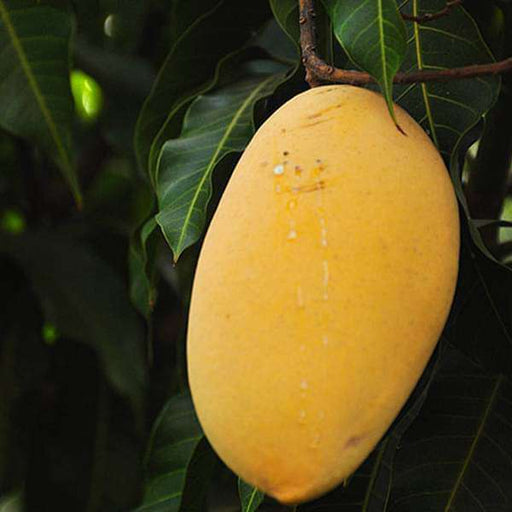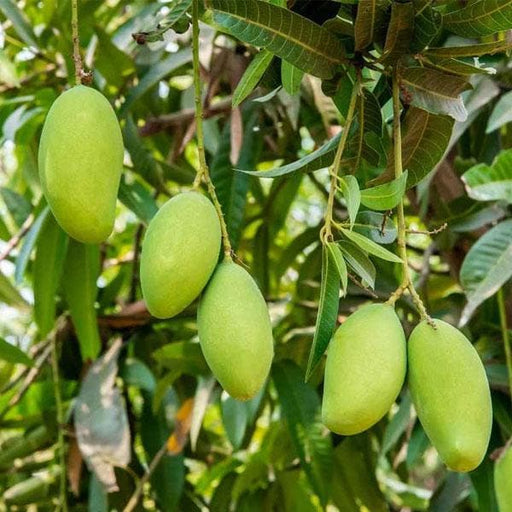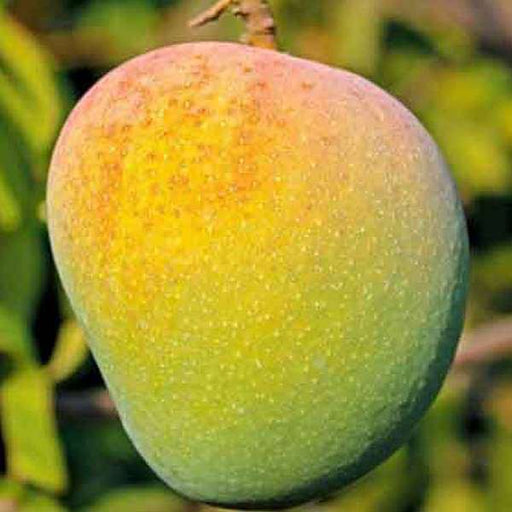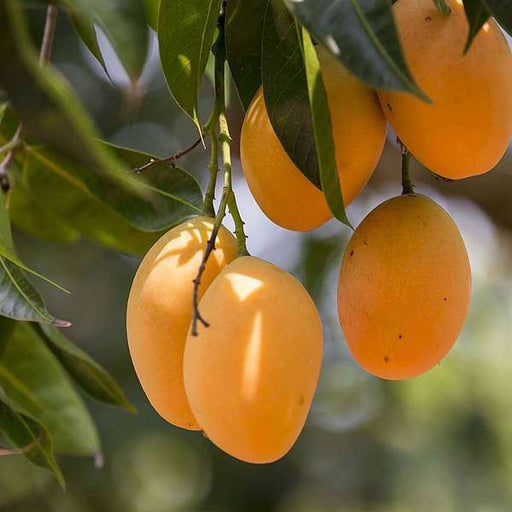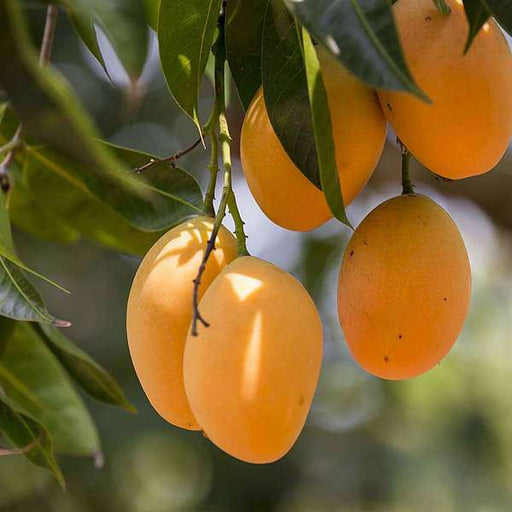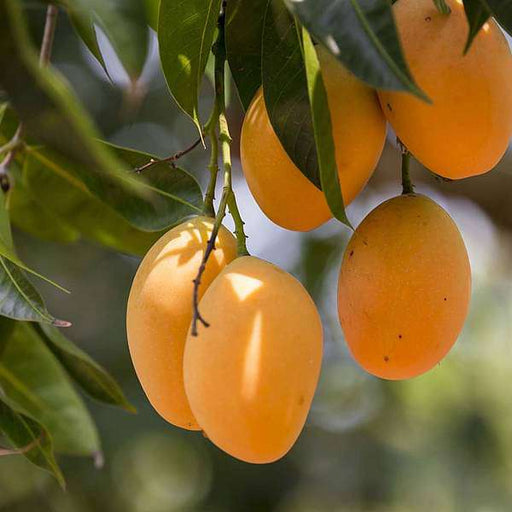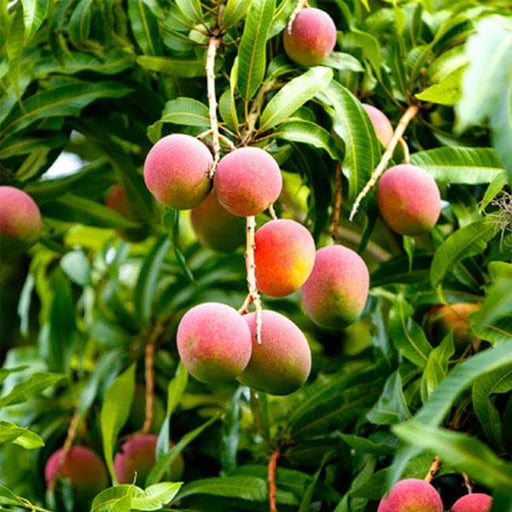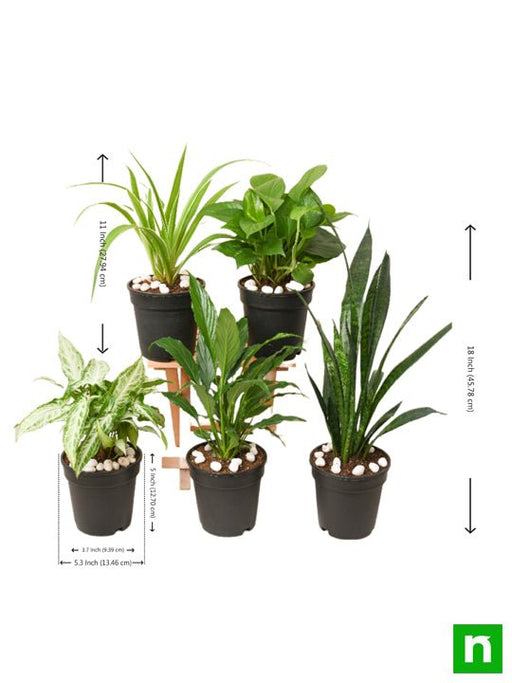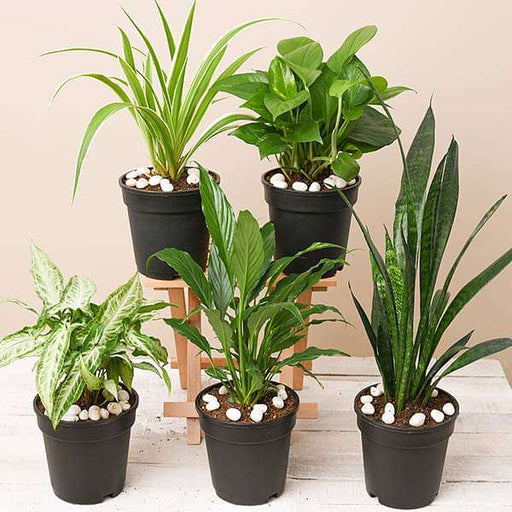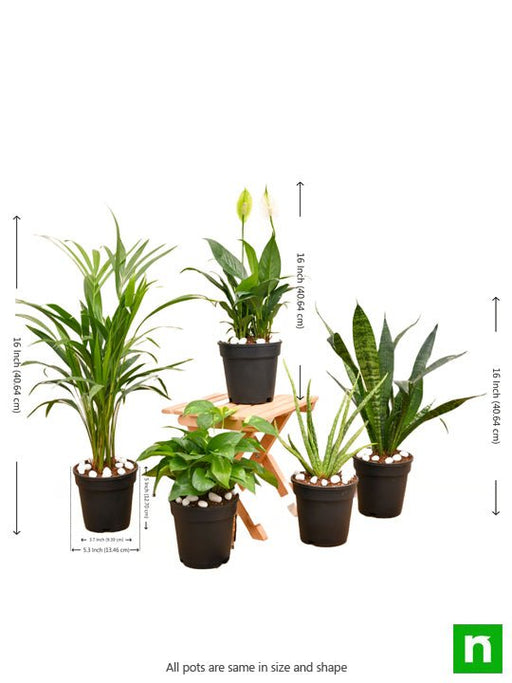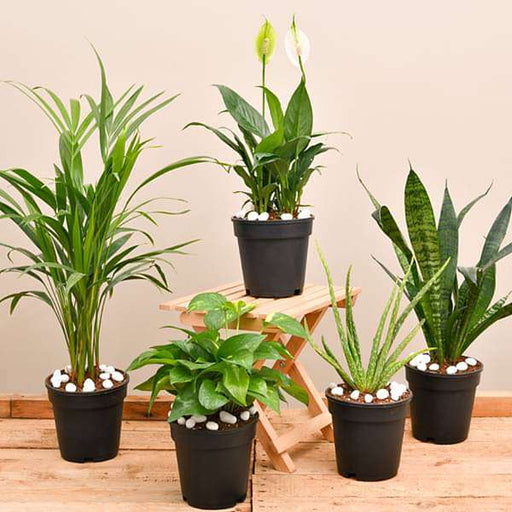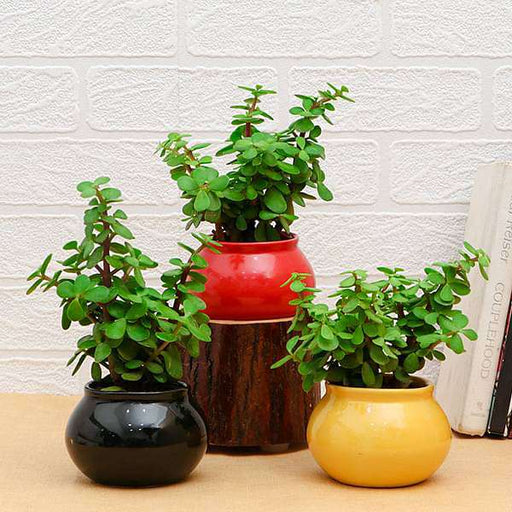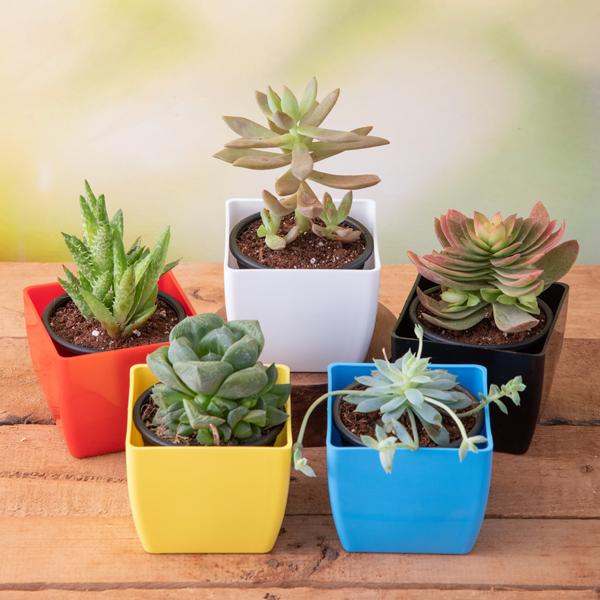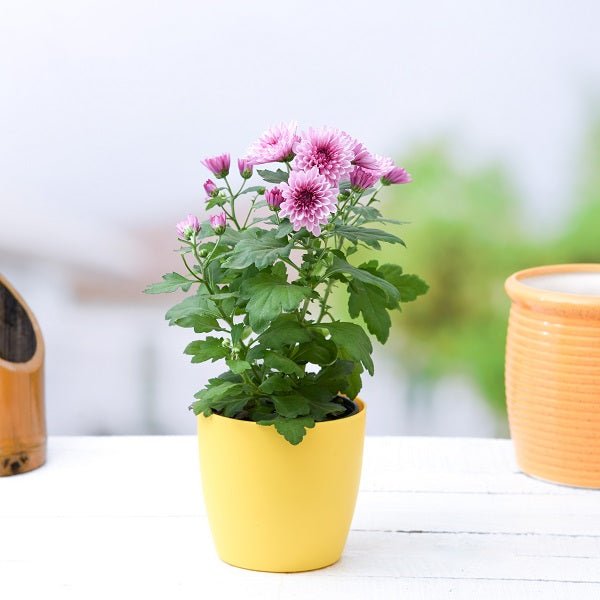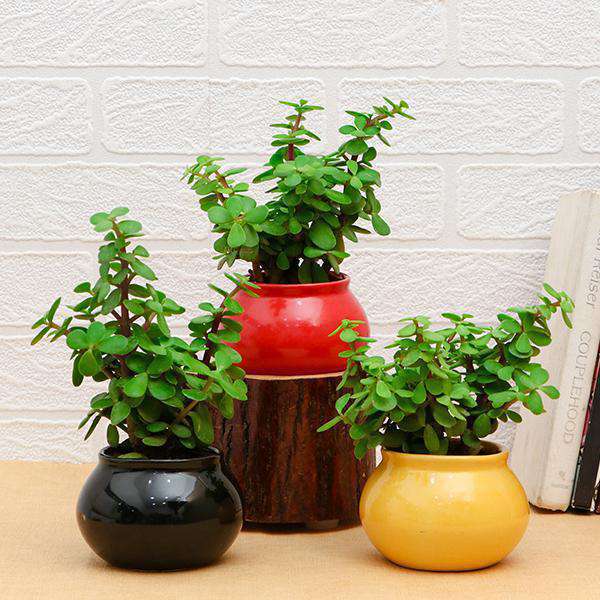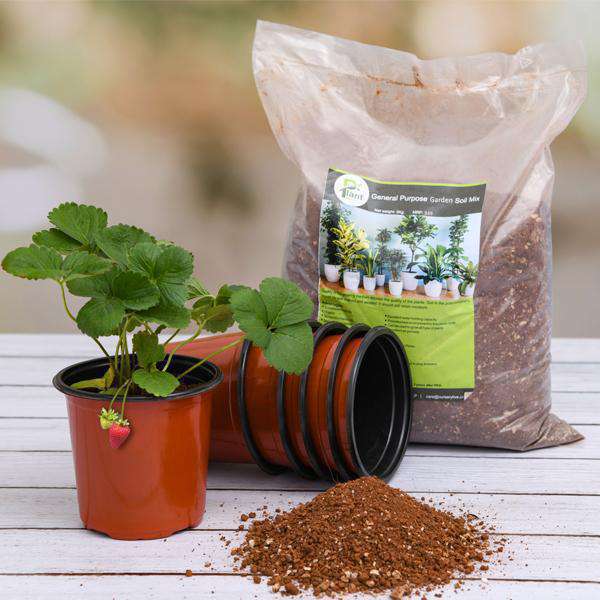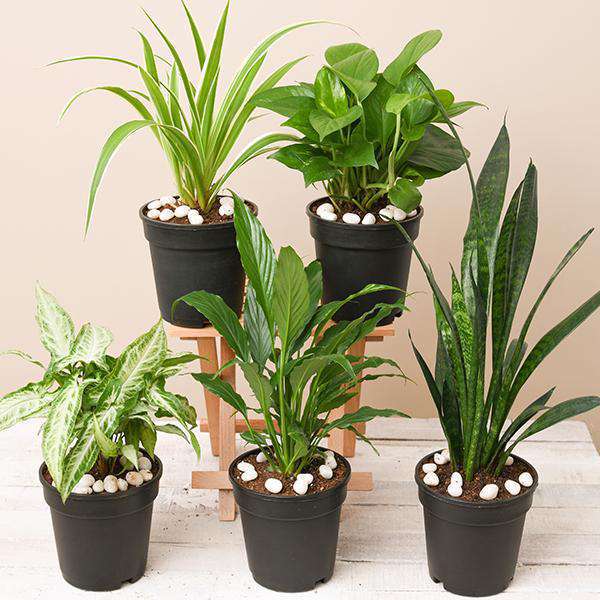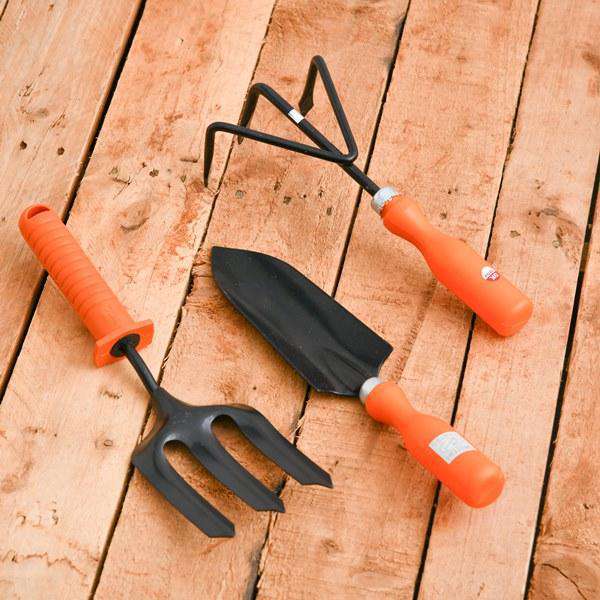Mango Tree Varieties
When it comes to mango trees, variety is the spice of life! The Kesar mango, known for its sweet, aromatic flavor, is the diva of the mango world. But wait, there are other contenders like Alphonso and Dasheri, each with their own fan club. Choosing the right variety is like picking your favorite ice cream flavor—everyone has an opinion, but only you know what tickles your taste buds!
Grafted Mango Trees
Grafting is like matchmaking for plants! By joining a desirable mango variety with a sturdy rootstock, you get the best of both worlds. Grafted mango trees grow faster, bear fruit sooner, and are more resilient. It’s the botanical equivalent of a power couple—together, they create a mango masterpiece that will have your taste buds dancing!
Mango Tree Care
Caring for a mango tree is like raising a child—lots of love, attention, and the occasional pruning! These tropical beauties thrive in well-drained soil and need plenty of sunlight. Water them just right, and they’ll reward you with luscious fruit. Neglect them, and you might end up with a sad, leafless stick. So, channel your inner plant parent and give your mango tree the TLC it deserves!
Mango Tree Growth Rate
Patience is a virtue, especially when waiting for your mango tree to grow! Typically, a grafted Kesar mango tree can start bearing fruit in just 3-4 years. That’s faster than some friendships! But remember, good things come to those who wait, and the sweet reward of homegrown mangoes will make the wait worthwhile.
Mango Tree Pollination
Pollination is the secret sauce to a fruitful mango tree! While some mango varieties are self-pollinating, others need a little help from their friends—bees, butterflies, and the occasional gust of wind. So, if you want a bountiful harvest, consider planting multiple trees or inviting some pollinators to your garden party. After all, who doesn’t love a good buzz?
Mango Tree Pests
Every mango tree has its enemies, and pests are the villains in this fruity saga! From aphids to fruit flies, these little critters can wreak havoc on your precious mangoes. But fear not! With a little vigilance and some organic pest control methods, you can keep these pests at bay. Think of yourself as the superhero of your garden, ready to defend your mangoes at all costs!
Mango Tree Fertilization
Fertilizing your mango tree is like giving it a gourmet meal! A balanced fertilizer rich in nitrogen, phosphorus, and potassium will help your tree thrive. Just remember, too much of a good thing can be bad—over-fertilizing can lead to leafy trees with no fruit. So, treat your mango tree to a feast, but don’t let it go overboard!
Mango Tree Pruning
Pruning is the art of giving your mango tree a stylish haircut! Regular pruning helps shape the tree, encourages airflow, and promotes better fruit production. It’s like a spa day for your plant—trim away the dead branches, and watch it flourish. Just be careful not to go overboard; we want a chic mango tree, not a bald one!
Mango Tree Harvesting
Harvesting mangoes is the grand finale of your gardening concert! Knowing when to pick your mangoes is crucial—too early, and they’ll be sour; too late, and they’ll be mushy. The perfect mango should have a slight give when gently squeezed. So, channel your inner fruit connoisseur and enjoy the sweet taste of success when you finally bite into your homegrown mango!
Mango Tree Diseases
Just like humans, mango trees can catch a cold—or in their case, diseases! Fungal infections, bacterial blights, and root rot are just a few of the ailments that can afflict your beloved tree. But don’t panic! With proper care, good drainage, and a watchful eye, you can keep your mango tree healthy and thriving. After all, an ounce of prevention is worth a pound of cure!
Mango Tree Companion Plants
Every mango tree needs a good neighbor! Companion planting can enhance growth, deter pests, and improve soil health. Consider planting marigolds to keep those pesky bugs away or basil to boost flavor. It’s like creating a harmonious community in your garden—everyone plays a role in making your mango tree the star of the show!
